S D Anugyan on his love of photography, with slideshows of his ‘sophisticated snapshots’
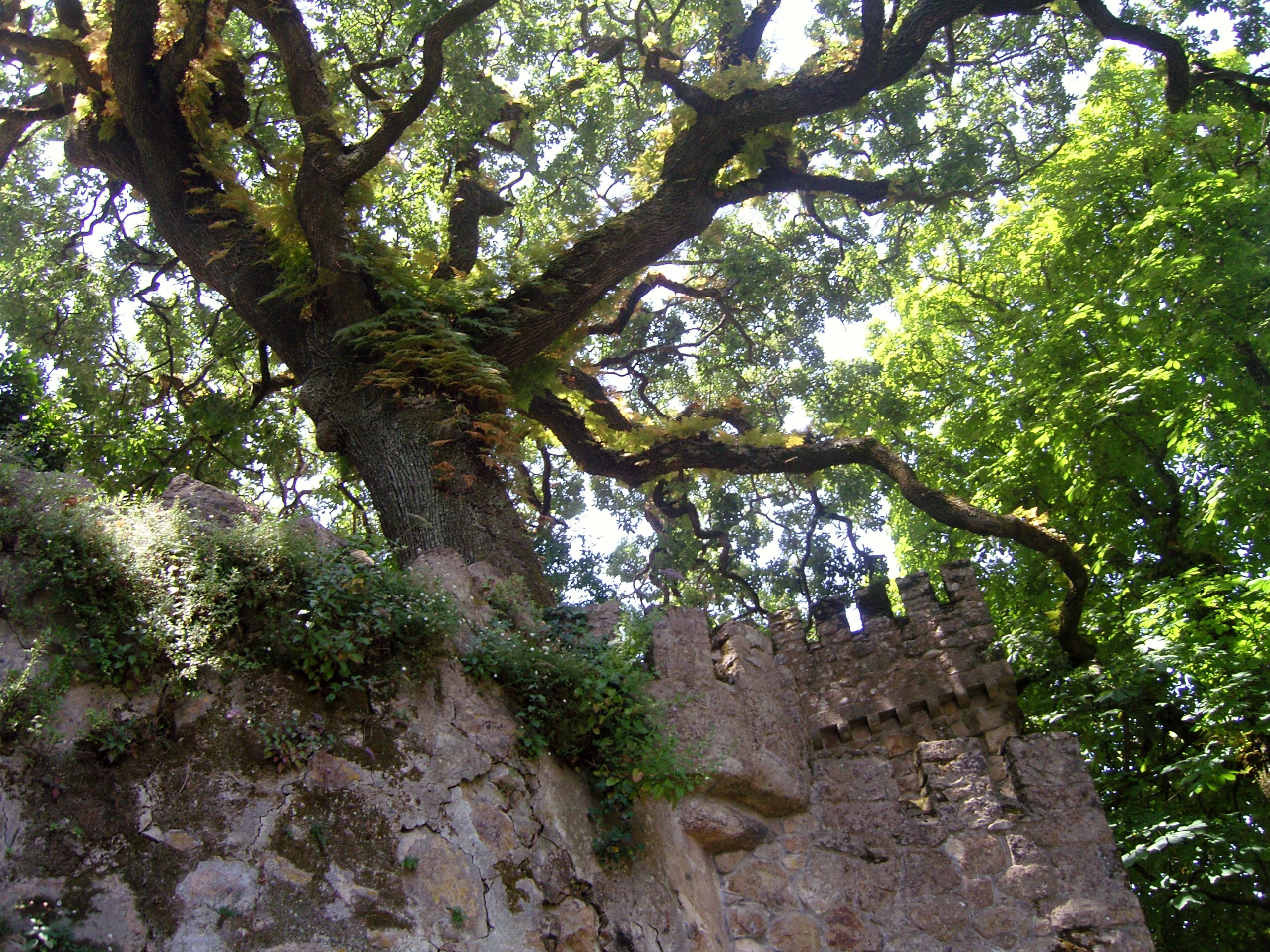
My interest in photography has always waxed and waned. As a teenager, black and white printing was a passion providing creative solace from the harshness of boarding school. It was a sort of magic, never quite knowing how a photograph would turn out until coming to life tentatively under the red light of the darkroom, then finally knowing for sure once the normal lighting was switched back on. One of the most exciting experiences was finding an undeveloped film in the burned-out ruins of an old mansion nearby. My camera colleagues and I managed to develop it correctly despite the age of the film, then did some prints, revealing an unknown family staring back at us through time. We never managed to find out who they were.
Later in my first year as a teacher at Osho Ko Hsuan, that passion resurfaced as I taught the teenagers techniques in and out of the darkroom. This fitted in with what Osho called the fourth dimension of education. The kids at Ko Hsuan often flourished with the creative arts, some going on to pursue careers professionally, and photography was no exception. I only taught the subject for about a year. Then when Surendra came along things became more professional and geared towards passing exams.
There was a long fallow period as I focused on other things like drama, video and writing. I’ve noticed that many of the most interesting parts of my life have no photographic record, as I was too busy living. (‘The revolution will not be televised!’) I had always felt some degree of discomfort with photography, that I was putting a lens between myself and life. This feeling was exacerbated hearing Osho insist on living fully in the present, to be a participant and not a mere spectator.
Besides, although some people chided me for not making a ‘serious go’ with photography, I never felt I was that gifted or driven. I may have had a good eye for the moment but it was more pure instinct and luck rather than any committed dedication to the complexity and depth of the art. I also was too lazy to deal with the hard work and expense of developing and printing.
The digital revolution changed that, albeit slowly as I wasn’t that interested, and had a Luddite-like suspicion of it. Surely it couldn’t ever replace the wonders of analogue? A change in my attitude began to happen when I took some pictures of crop circles using an early cheap mobile phone. It was the poor quality that made the pictures interesting, conveying an eerie otherworldly atmosphere that I could not have planned, but which was completely accurate. In addition to that, the convenience of having a camera inside a phone was indisputable.
I adapted extremely slowly, much like a huge lumbering ship that has to change direction at sea. It was only through frustration with the quality of my various cheap phone cameras, and the need to enhance my work online that I sought alternatives. Premgit was kind enough to assist me, despite his unwavering and professional loyalty to analogue, by recommending specific digital cameras within my budget. He knew I was after a combination of convenience (small, compact) with reasonably high quality and manual controls for aperture and speed. Consequently, I got a Ricoh which was ideal – until I dropped it. Repairing it would cost more than a new camera. Then I used an iPhone for a while, which was surprisingly excellent. (No wonder Steven Soderbergh filmed an entire movie, ‘Unsane’, on one.)
The camels photograph is an early example of how I was starting to work. I was in a car with friends leaving Samvado’s wood turning studio at the Lizard in Cornwall. The studio is next to a camel farm (yes, really – I won’t mention the wallabies), and it was a common sight to see these beautiful animals grazing in fields, almost as in the wild. Yet there was an element of surprise as we came across them at twilight, blocking the road. I reacted instantly, taking a few pictures. They weren’t high-res but proved so popular with people, just because of the surreal idea of camels wandering free in Cornwall, that I ended up selling several copies. The light flare from taking the picture through a windscreen, rather than detracting, enhanced it by adding to the sense of excitement.
This was one of the pictures that helped set the tone with where I was headed: nature glimpsed in unexpected ways and, through nature, people.
The phonebooth in a field is another example. The hawthorn in magnificent May bloom is complemented by the unexpected red of the booth. I still have no idea what it was doing there, but for me it conjures up a mystery that is quintessentially English. Bright shades perhaps of ‘The Avengers’ or ‘Dr Who’. The picture of Box Hill was nearby as well, the bright almost cartoony fluffy white clouds and idyllic landscape hiding an underground town built during the Cold War.
I carried on with the phone for a while, and it did well, being able to function quickly in all circumstances. Then I broke it, which I then repaired, then it just died on me.
I realised that normal devices couldn’t survive my lifestyle nor my clumsiness. I was anyway frustrated by the lack of controls with aperture and exposure that one would get from a proper camera. After considerable research of the world of so-called tough cameras, I set my sights on an Olympus TG-6. So far it’s been perfect: strong enough to survive me, compact enough to fit in my pocket, delivering high quality pictures and with a full set of manual controls. I can even use it underwater, one of my favourite places to be, though I haven’t tried this yet.
My technique is to have a few pre-programmed settings, depending on what sort of day or night it is. These act as my default so that I can move quickly without fiddling around, only having to manually set shutter speed and aperture in rare situations. This helps me respond to the moment.
To capture that moment may require quite a bit of hunting and patience. The picture of Hereford cathedral was taken on a day of snow and mist. I’d been wandering for a while, as I’d always loved taking photographs in such conditions even as a teenager. I took pictures of crows in trees, haunting winding roads and snow-shrouded fields but The One was eluding me. It was only when alighting from the bus and walking into the cathedral grounds I realised what I was trying to capture, and quickly took a few pictures, showing a side of Hereford very different from the chocolate box version everyone chooses to see. I felt I was revealing something of the truth hidden in the landscape.
My friend, the artist Silvia Pastore, has been very supportive of this work, and it is interesting how much I found myself evoking artists of the past. In The Sands of St Ives I was consciously imitating L.S. Lowry with his famous stick figures. Similarly, the harbour scene at Lyme Regis has a certain timelessness – it could be any century if it weren’t for a few tell-tale objects such as the plastic bags – and my inspiration in this case was the nineteeth century painter Stanhope Forbes. For the gazer in Cot Valley, I was inspired by Der Wanderer über dem Nebelmeer by the German romanticist Caspar David Friedrich.
Silvia suspects I often incorporate the golden mean instinctively. I haven’t measured any of the pictures, but find that when I crop them to fit in a frame, the ambience of the image seems to disappear. It appears that it is often the ratio of sky to earth that delivers that subtle aesthetic quality, though with the photograph of the two people on the San Sebastian shore the mean must be somewhere hidden. Wherever it is, I find I cannot crop this beach scene even slightly without diminishing the effect.
This picture in particular is a good example of what may be going on for me photographically. I was walking up on the promenade, surrounded by people, when there was a shift in the atmosphere. Everyone felt it, like a storm was about to be unleashed upon us. There was an excitement in the air, even a sense of panic. The light changed dramatically, and the first tentative drops of rain came down. As others rushed for shelter, I saw something wonderful was happening on the beach, a magic encapsulated by the couple walking along.
I ran along the promenade, taking pictures furiously, hoping to capture something of the wonder of the moment. It was all over within half a minute, but I knew I had recorded something special. My sense of separation, of a lens keeping me away from life, had completely dissolved. Photography had become a means of drinking deeply in the moment, being part of it, almost without mind.
Furthermore, I find reactions to any picture I take tend to be quite visceral: people like it immediately or they don’t. This is refreshingly different to my writing, which can be abstruse and open to all sorts of complex arguments.
It is only now, looking back at that incident in Spain, I think of the sense of panic that pervaded, and the association of that word with the god Pan. Reading Punya’s essay a short while ago, as well as bringing back my Findhorn associations, evoked those feelings of when nature becomes suddenly and unexpectedly alive. Serendipitously, a book Pan and the Nightmare by James Hillman fell into my hands the other day when visiting Rashid, who kindly let me keep it. The book at some point asks questions on Pan’s behalf, ‘Why are you civilised people who profess compassionate Christianity so hard on the environment?… Why are there fewer and fewer lonely places where people may hide in nature and nature hide from people? Are you trying to eradicate my haunts? Put a final solution to the problem of Pan?’
And so it is, I feel I have come to an understanding of the nature of my photography. I am unlikely ever to be as dedicated to this art as other visual artists I admire – that degree of commitment and depth is reserved for my writing. I will remain as someone who takes snapshots – perhaps sophisticated ones, but snapshots nonetheless – whose purpose is to reveal nature in unexpected ways; and that includes humanity as part of nature, something which as a species we seem to have forgotten.


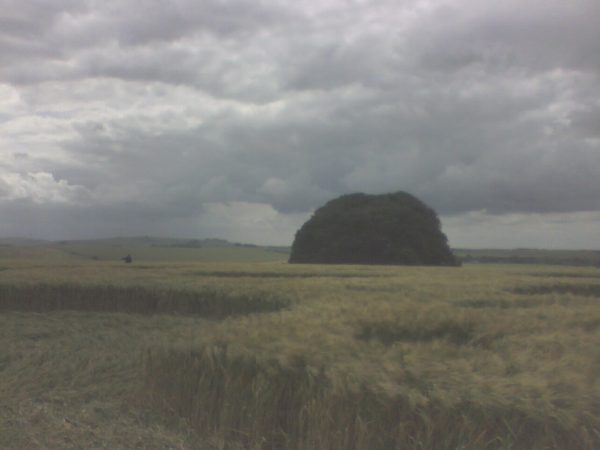
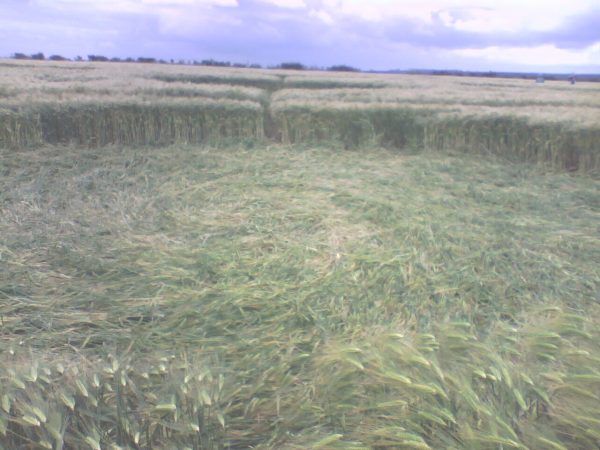
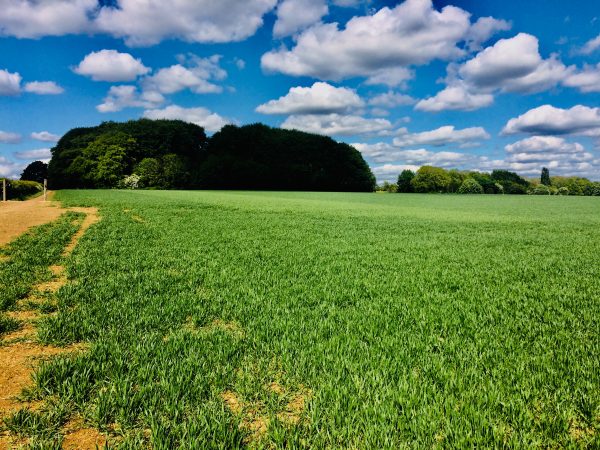
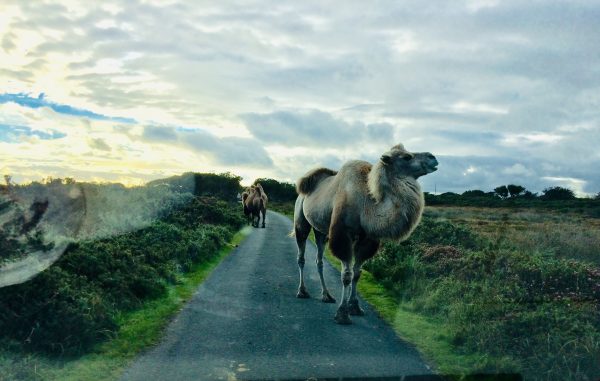
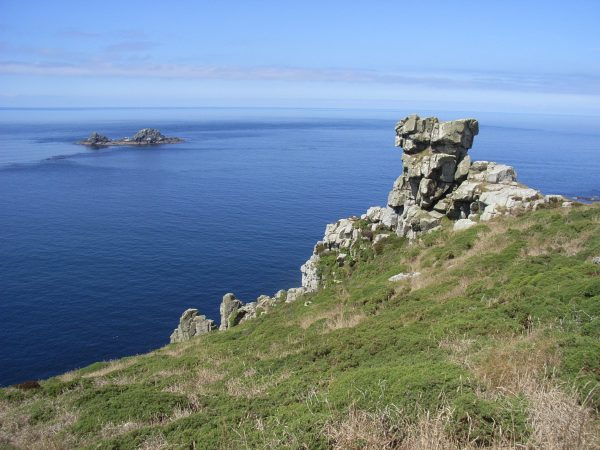
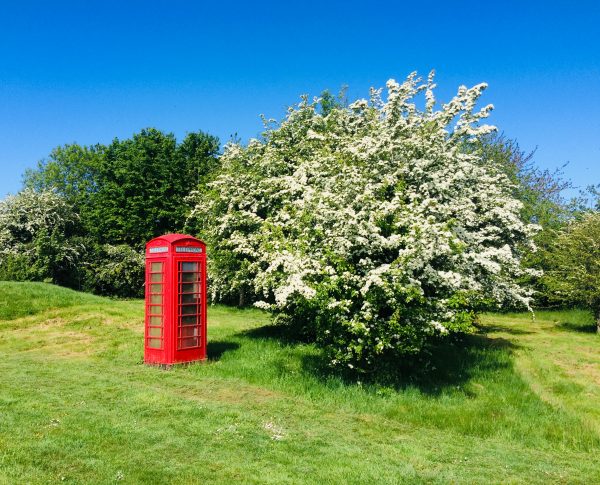
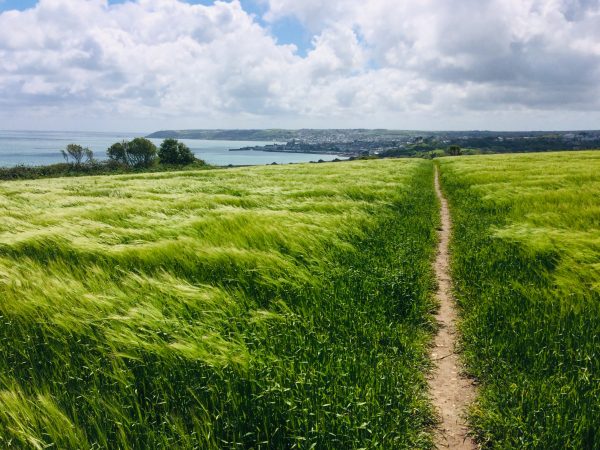
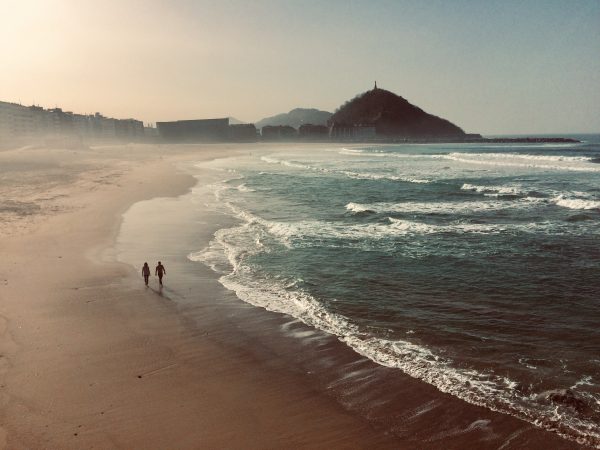
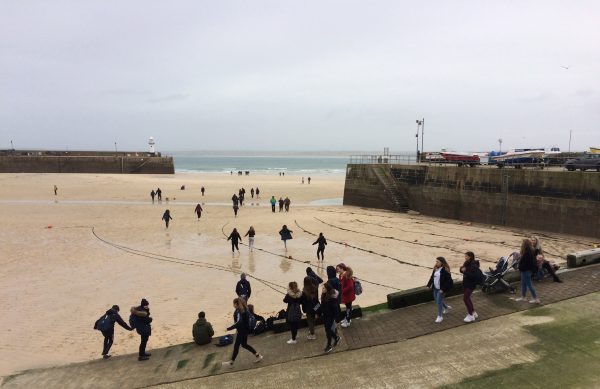
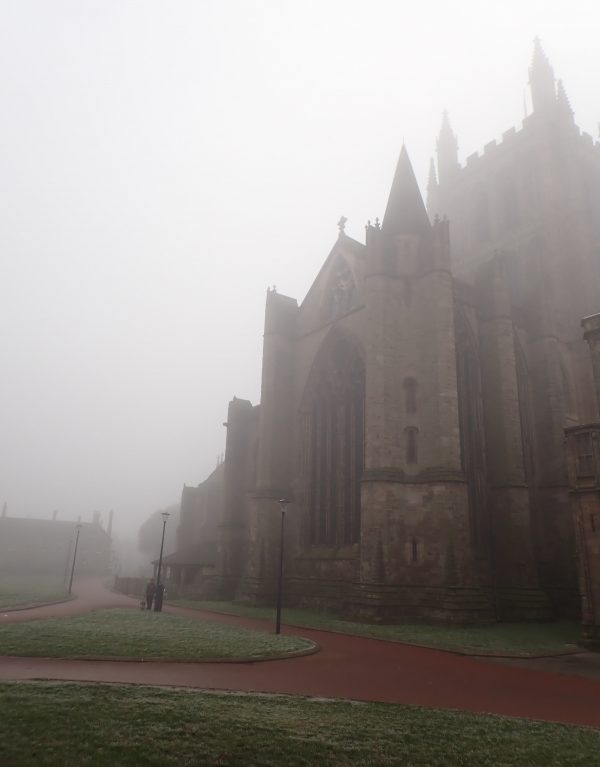
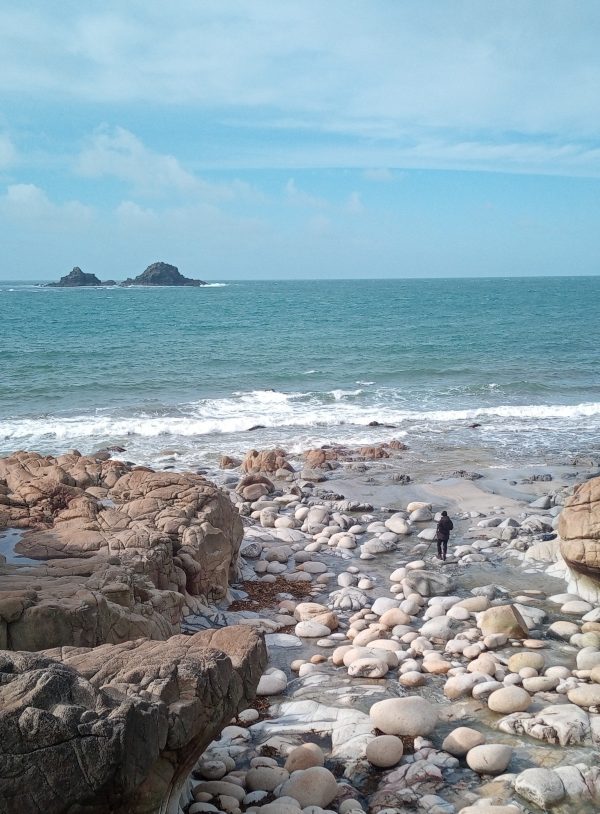
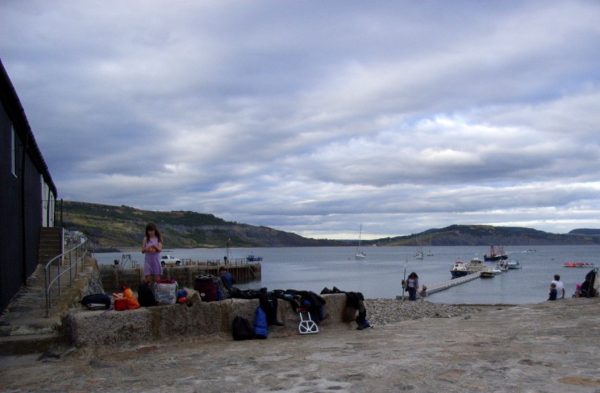

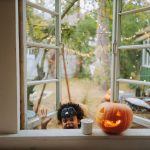

Comments are closed.